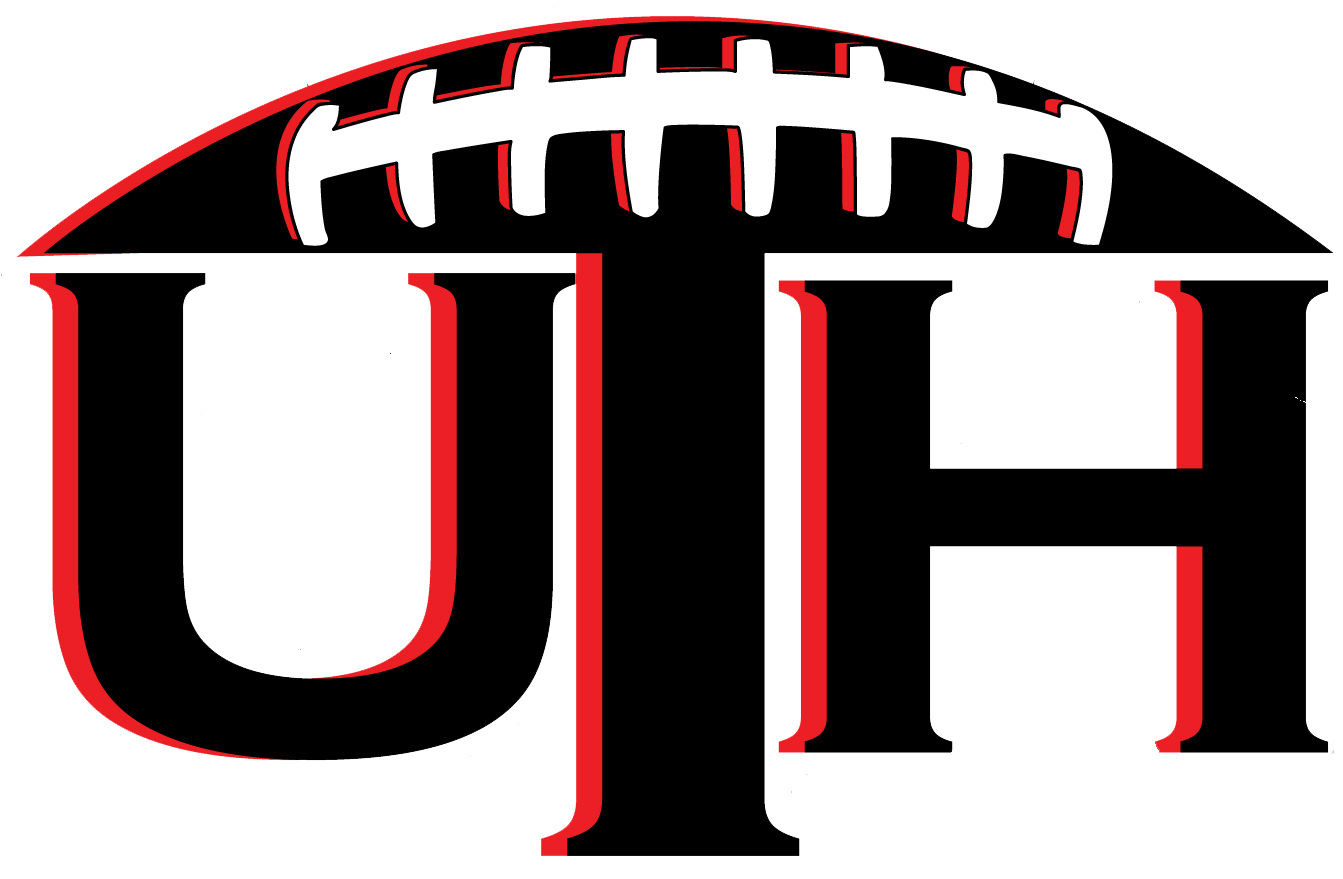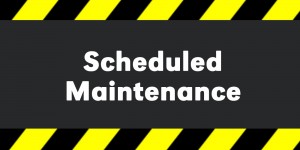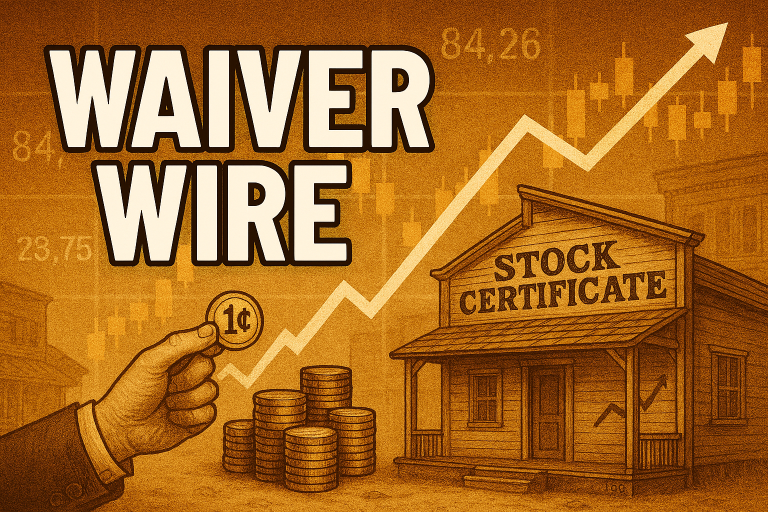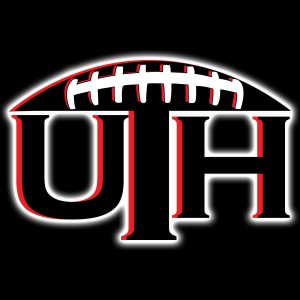By Katie Flower @FF_Skyler399
There is a lot of talk and advice on this site about how to build a dynasty from a startup draft, or how to retool an orphan that was in sad shape. If you hang out on twitter or other dynasty forums you have seen your share of people who think the UTH way is to build a “pretty” roster of young players, but never look to “win now”.
The object is to build a long-term dynasty team that has legs to sustain a multiple year championship run, not just that fictitious 3-year window that you hear a lot of dynasty folks discuss. If you do it right, the first couple of seasons is where you put in the most work. After that it is smaller incremental moves used to keep up the balance and sustain the length and depth of your contender status.
I shared one of my orphan transformations recently and what the team looked like as a before and now. One of the comments was “once you have built your dynasty, what are the ways that you maintain it”. Taking all of the tips that I have received from Chad and Doug and others on this site, here is my interpretation of how to maintain a dominant dynasty.
Let’s use a 24 man roster, start 1QB, 2RB, 3WR, 1TE, 1Flex, 1K, 1D/ST as one example.
The formula for roster construction will vary greatly on how many bench spots that you have, the deeper the roster, the more you have room to groom the younger prospects and can be patient. In shorter bench leagues, the waiver wire and your watch list is your grooming area, and timing is critical to obtaining their services.
Winning your fantasy season in dynasty takes dynasty team building principles year round and redraft mentality in season. This does not mean that you sell off your core assets to acquire hot talent in season and blow everything up that you have worked hard to grow. It means that you have to have your finger on the pulse of everything and make your moves a step ahead of your league mates. Use your fringe assets to build a wall around your core assets.
Unsexy & Functional
At QB in a start-1 league I would roster two. Here is one position that I relish having the older vet rather than a young prospect. Getting QBs in their early 30s is generally pretty cheap, and their production isn’t usually that far off.
I am not going to grow attached to my QB in a start one format, I will stream them, trade them, and watch the waiver wire for hot pop up fillers if needed. Joe Flacco and Ben Roethlesberger from this season would be the perfect 2 QB to carry into the year for example.
If they start hot and have a tough end of year schedule, by week 6 I am already eyeing the playoff stretch and would trade either guy for a QB that has a soft playoff schedule. By week 6 you can start to see which team defenses are toughest and make your end game moves accordingly.
Churn & Burn
At running back I would have a core of 1-2 young starters: one stud that I had drafted and developed (like a LeVeon Bell or Eddie Lacy type), 1-2 vet spot starters and would be on the lookout for adding the right reasonably priced hot hand or pop-up filler from the waiver wire.
I would also have 1-2 disposable backs, guys that I had scouted and started picking up cheaply in anticipation of changes that would affect their value. These guys aren’t core assets, they were meant to be turned for a profit in season and/or used to win this season and then sell. This year I started acquiring CJ Spiller and Mark Ingram on the cheap as early as last November.
If they start hot like I expect them to, around week 6 I can trade 1 and keep the other to aid in my championship run. I would look at the late season schedule to see which one has the best matchup and keep that one. I would target a younger RB who was a highly desirable prospect but was having a slow start to the year, but who’s schedule from there on out and other circumstances around him were prime for a 2nd half breakout and I would target the other teams 1st round 2016 pick.
Bread & Butter
At wide receiver I am at my deepest, like all UTH followers. I will have 3-4 young stud core receivers that will maintain for years. I will insulate that core group with 2-3 WR2 with WR1 upside so that on any given Sunday I can set my lineup with confidence.
The key with your core receiver group is to get the most out of them while they are in their prime. By having a couple of aging vets to bridge the gap in production, it helps you win and stay strong, while not have to touch your core if any of them should struggle. Once I have established my core group of WR, there is very little turnover.
Guys like Evans, Beckham, Cooks, and Watkins are examples of core receivers that you can build around. Once you obtain a few of this caliber of player, hold them tightly. Don’t chase the shiny new toy with these guys; this is your bread and butter. The only way that you part with any one of them would be an insane overpay, and in that case the offer would need to include a young stud WR with as much upside and a huge windfall of other picks/pieces.
Because of the short bench, I will try to keep my best 1-2 top future breakout metric guys and sell off the ones during the final weeks of pre-season games. I know that I won’t have room to groom and keep them all, so the ones that flash in the pre-season, I take the money and run. I don’t even want players at this point, I trade for future picks. Now is the time to get that 2016 2nd for a guy that months earlier you picked up in the 3rd or 4th round.
I like to have 1-2 aging value vets that are still productive, this year Julian Edelman, Eric Decker, Andre Johnson, and Larry Fitzgerald are perfect in that role. You get them cheap (in the offseason) as others toss them aside or toss them in as icing on a deal.
At the end of the season you can decide to hold, trade, or even drop to make room for rookies when necessary. The point is, each season there will always be this type of player available, and championship teams take advantage of this value.
Concise & Shallow
Tight end is like quarterback for me. I prefer to roster only 2-3 tops with such a short bench and one of them will be an aging but productive vet. The position takes a while to develop, so pairing an ASJ with a Martellus Bennett, Greg Olsen, or Delanie Walker type makes a lot of sense. A productive vet can be churned as the season unfolds to get someone who can help in that one game or for the rest of the season.
Final Thoughts
Acquiring multiple 1st and 2nd round picks in trades, packaging up fringe players with picks to get better picks and/or players is all part of the balance needed to sustain your dynasty dominance. If you get to the rookie draft with multiple 1st round picks and decide that you aren’t ready to roster that talent, trade one of your 1sts for the future 1st and a little cherry on top.
Building a dynasty team that can win multiple championships takes patience, timing, forethought, and balance. The better the core assets, the smaller and more incremental the moves need to be. Once you have built your core, focus on the fringe players and figure out how they can be turned into assets that can help your team win the season. The core and future picks will sustain your dynasty run.




